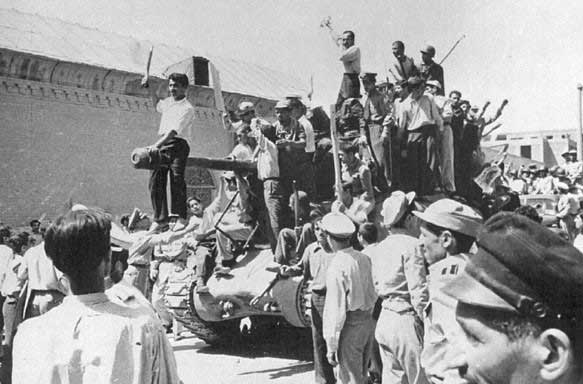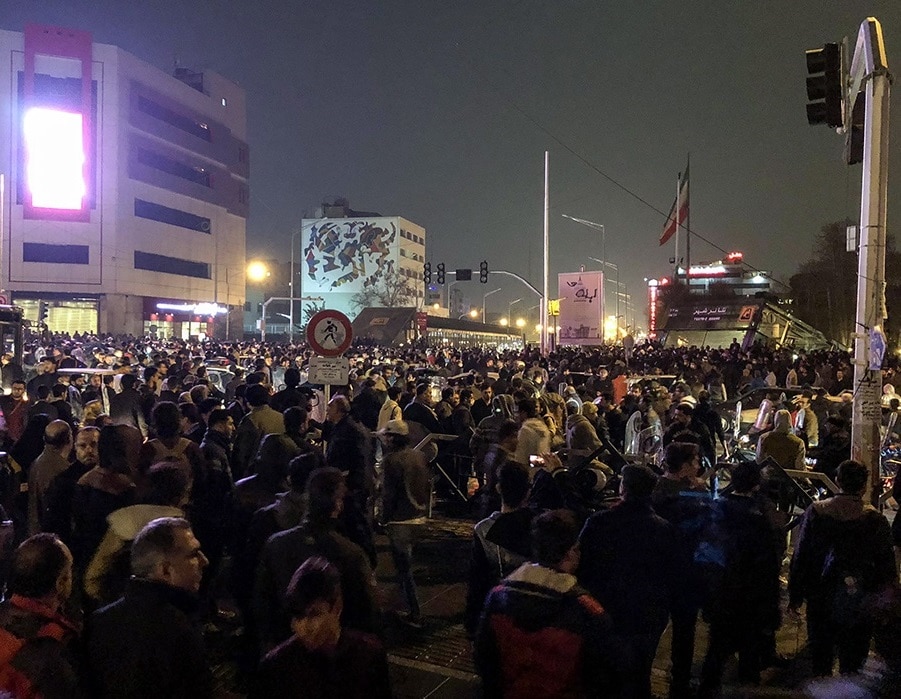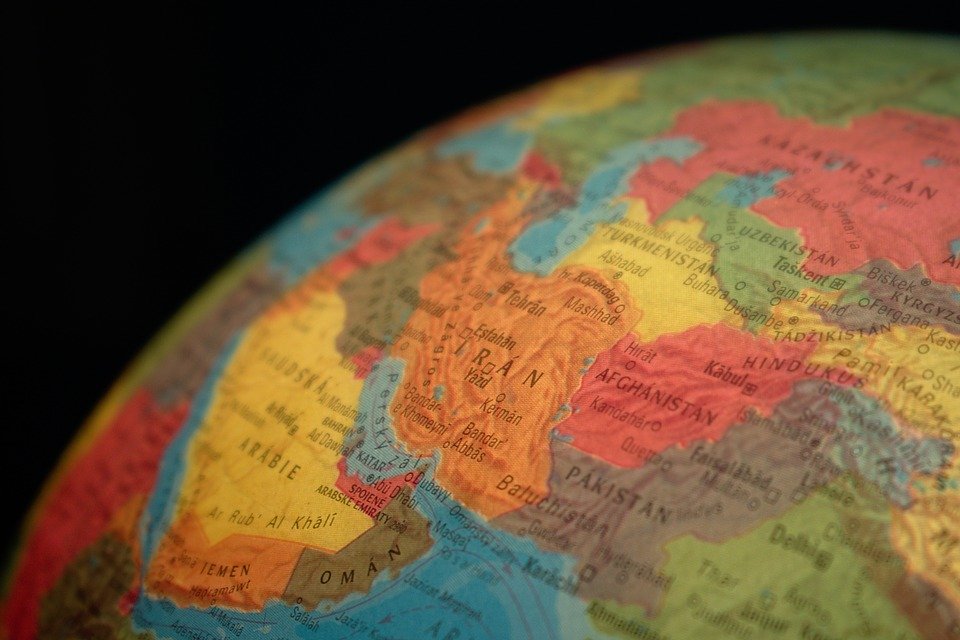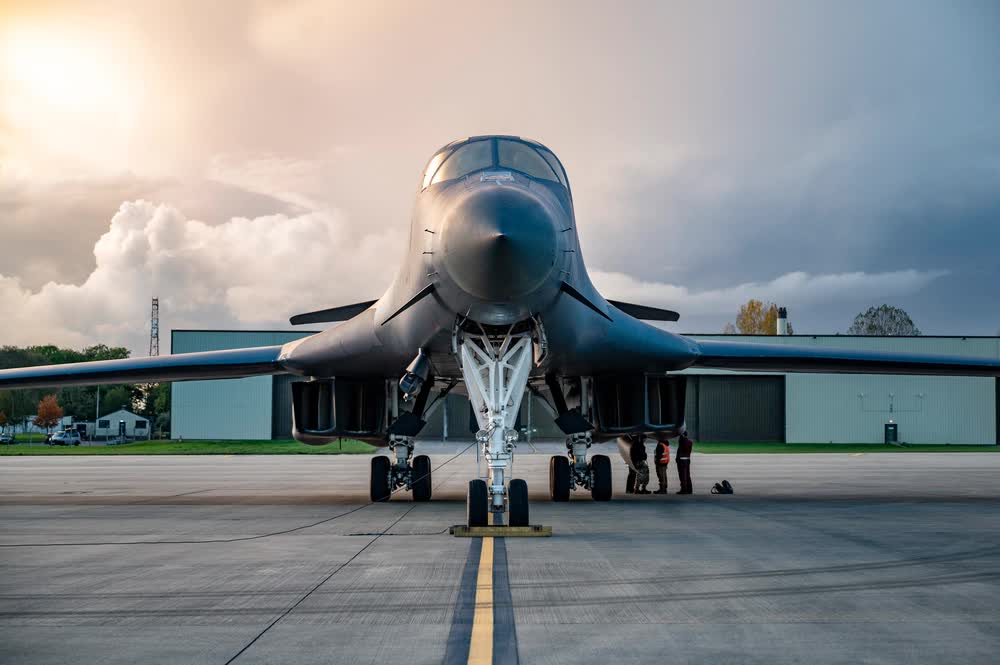This article by Kyle Nelson was originally published by We Are the Mighty
The Islamic Republic of Iran was America’s original nemesis in the Middle East before Saddam’s Iraq stole the spotlight from 1990-2003. (Saddam and the Iranians, by the way, fought a bloody 8-year war against each other in the 1980s.) A casual observer might assume that the Islamic Republic of Iran must be best buddies with the infamous Islamic State (ISIS)…but no, they share a mutual hatred of each other.
Yeah, it’s all a bit complicated and messy, so strap in, and we’ll clear things up a bit.
Iran is a theocracy, meaning the country is governed by religious law. Rather than a single strongman dictator, Iran is ruled by a group of religious clerics who control the country’s “elected” leaders like former president Mahmoud Ahmadinejad (remember him?) Iran became the Islamic Republic of Iran in 1979 after religious fundamentalists overthrew the secular government of Shah Reza Pahlevi.
The Shah was a dictator, albeit one less brutal than the current regime, who came to power in 1954 with the help of the American CIA. It was a bad look for Uncle Sam, and many Iranians never forgot it.

The Iranians are not Arabs like their neighbors to the west. Rather, they are Persians. Instead of Arabic, they speak a dialect of Persian called Farsi. The Iranians are predominantly Shia Muslims, whereas most Arabs are Sunni Muslims.
Theologically, Shias and Sunnis are akin to Protestants and Catholics in the Western world. 85-90% of Muslims worldwide are Sunni and, while the world’s Shia are concentrated in Iran, there are Shia minorities throughout the Arab world. Iraq is unique because it has both an Arab majority and a Shia majority, giving Iran a prime opportunity for heavy influence there (check the news…)
Al Qaeda and the Islamic State are Sunni jihadist groups, whereas Hezbollah in Lebanon, the Houthis in Yemen, and many of the large militias in Iraq are Shia.

So the Iranians are Persians and not Arabs, and their leaders are fundamentalist Muslims but from the opposite branch of Islam than bin Laden and the Islamic State.
So what’s Iran’s game plan? In a nutshell, Iran wants to preserve and spread its “Islamic revolution” by boxing out the Sunni Arabs and supporting Shia groups across the Middle East (they also work with certain Sunni groups like Hamas.)
To dominate the Middle East, Iran’s leaders want to exploit the “Shia Crescent,” a network of Shia populations stretching from the Persian Gulf to Lebanon. Iran’s message to these Shia populations is “Big Brother Iran is here to save you from the Sunnis, the Israelis, and the Americans.”

You can think of the fight against ISIS as World War II, with ISIS filling the role of Nazi Germany. During WWII, the Western Allies and the Soviet Union set aside their rivalries to defeat a common threat. The Defeat-ISIS campaign was similar in that Iran’s Shia coalition shared a mutual enemy with the American/Sunni alliance, even though the two sides weren’t officially partners.
But now, like in 1945, the old rivalries are back in play once again. On one side, Iran leads Syria, Hezbollah in Lebanon, the Houthis in Yemen, and other Shia factions in the region. Opposing them are the Sunni Arab countries aligned with the United States.
Fear and mistrust of Iran runs deep in countries like Saudi Arabia- so deep, in fact, that Saudi Arabia has reportedly made secret arrangements with Israel to counter the Iranian threat (that’s, uh, a plot twist…to put it mildly.) Iraq, with its Shia majority but close and complicated relationship with the United States, remains stuck in a tug-of-war between the rival coalitions.
Iran was once the great ancient empire of Persia, and there is more to modern Iran than its leaders’ ambitions. Iran has a population of over 80 million, and resentment toward the regime is widespread. Strict religious tyranny and a weak economy cause frequent protests which the Iranian regime suppresses with ruthless violence. It’s unclear if this unrest will eventually put the regime’s power in serious jeopardy.

Iran’s economic problems are driven in part by economic sanctions imposed by the U.S. and Europe. These sanctions, in turn, are imposed partly as a result of Iran’s nuclear program- a program which, the regime insists, is strictly for domestic energy production. Iran’s alleged quest for nuclear weapons is concerning because an atomic Iran could lead its Sunni rivals to pursue their own nuclear weapons.
Further Iranian vs. American bloodshed seems to have been averted in the immediate aftermath of the U.S. assassination of Iranian general Qasem Soleimani, but violence between the two countries is nothing new.
The infamous 1983 Beirut bombing, which killed 241 U.S. servicemen, was perpetrated by an Iranian suicide bomber and 1988’s “Operation Praying Mantis” pitted the U.S. Navy against the Iranian Navy in the largest American naval combat operation since WWII. The whole region remains a Game of Thrones-tier snake pit of conflicting loyalties, religious conflict, and political scheming.
Hopefully now, however, you better understand what led to the U.S. government ordering a drone strike on that guy who looked like Sean Connery.



